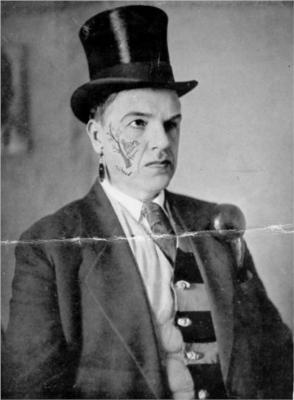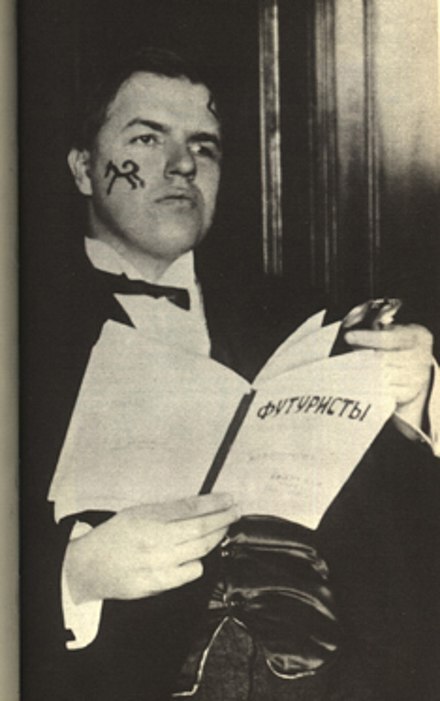Davyd Davydovych Burliuk: Biography and Legacy
Welcome!
This website is dedicated to exploring the life and works of Davyd Davydovych as a representative of the often overlooked Ukrainian Avant-Garde movement.
The painter, sculptor, and poet David Burliuk, born in 1882 near Lebedyn, Ukraine, is one of the most influential figures in the artistic world of the twentieth century, often described as the “Father of Futurism in Russia.” In 1912, along with Mayakosvky, Kruchenykh, and Khlebnikov, Burliuk published the Futurist manifesto “A Slap in the Face of Public Taste,” declaring the need to throw “Pushkin, Dostoevsky, Tolstoy, et al., overboard from the ship of modernity,”[1] and develop a new kind of expression and art. Even here as a young man, Burliuk’s artistic mission began to crystalize. Burliuk’s strategy for developing this new art consisted of constant experimentation and production, his search pushing him to create over 1,700 canvases throughout his incredibly prolific career. This massive creative output cannot be categorized by a single style, as Burliuk continually experimented with impressionism, cubism, Radio-style, surrealism and more. The subjects of Burliuk’s artwork are similarly varied, depicting country and city landscapes, portraits, ethnographic scenes, as well as cosmological activities. However, despite the impossibility of reducing Burliuk’s cannon to a single genre or motif, there is an underlying philosophy integrated into all of his works that creates the sense of a cohesive whole; all of his artwork is an attempt to express the invisible horizons which regular human perception fails to capture, or as he sometimes referred to it, the fourth dimension.
The story and artwork of Burliuk remains relevant, as it sheds light on the immense contributions of Ukrainian culture and cultural figures, especially given the ongoing Russian invasion. While the Russian invasion’s primary goal is to reclaim Russia’s perceived lost territory, the underlying reality of that mission is the destruction of any semblance of differentiation between Ukraine and Russia. In order to deny Ukrainian people their own land, they must also eradicate any sense of Ukrainian identity and culture. The case of Burliuk emphasizes that this concerted expunging is not a new phenomenon, but a tried and true strategy of the Russian leadership. Burliuk and many of his contemporaries working in the early 20th century were foundational to the development of what is often called the Russian avant-garde, and yet, their Ukrainian heritage is completely erased from that narrative. For Burliuk in particular, the so-called Father of Futurism in Russia, his Ukrainian cossack heritage played an integral role in his artistic development and influence. Through the contents of the collection, which includes Burliuk’s paintings and drawings, photos of Burliuk and the Hylae group, his treatises, posters for performances, a painted doll and other physical objects, I aim to demonstrate the experimentation and fluctuation of his art throughout the many stages of his travels and career, while also communicating the everpresent influences of his Ukrainian heritage and upbringing which maintain visibility throughout
[1] David Burliuk, Alexander Kruchenykh, Vladimir Mayakosvky, Victor Khlebnikov. “A Slap in the Face of Public Taste 1917,” accessed through the Mayakosvky Archive, https://www.marxists.org/subject/art/literature/mayakovsky/1917/slap-in-face-public-taste.htm.

